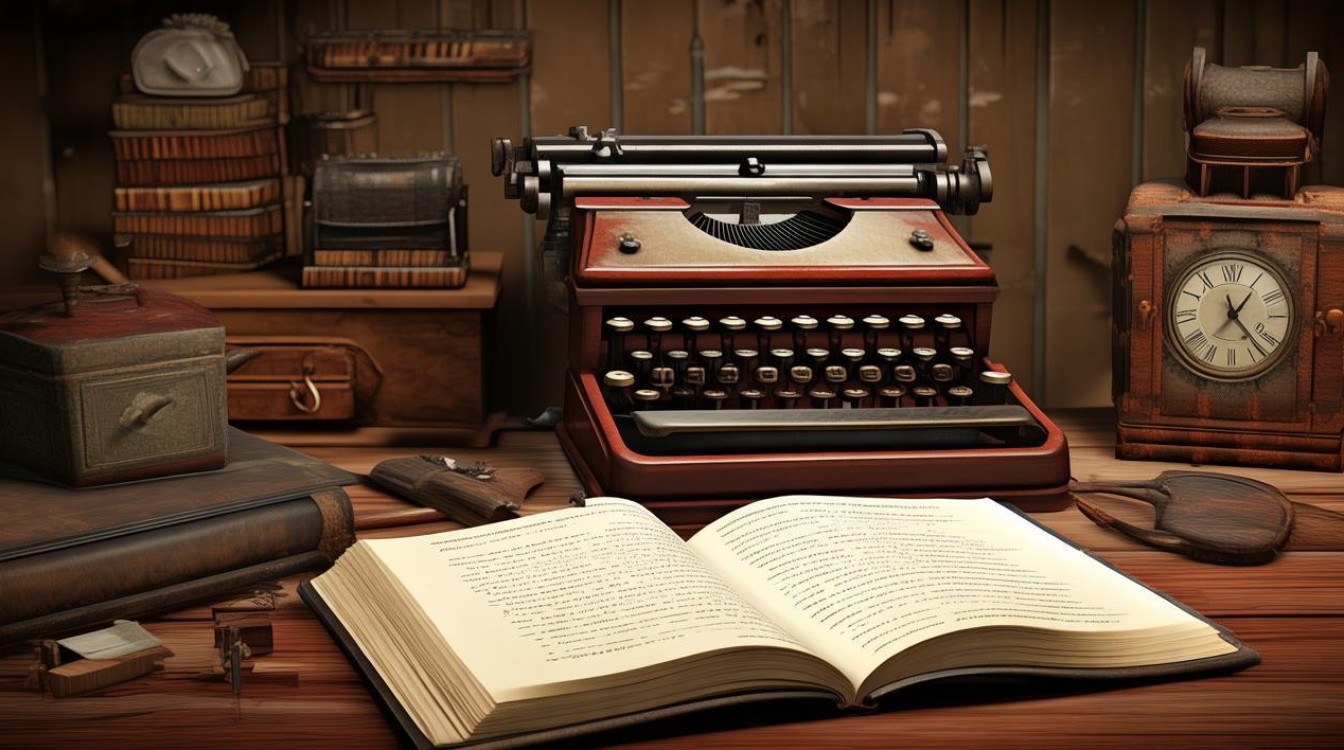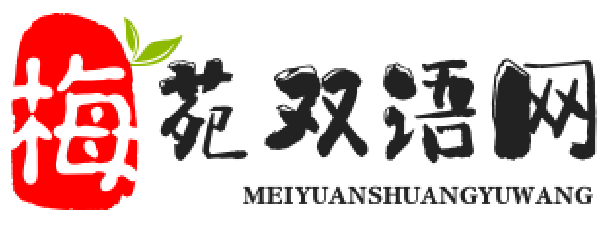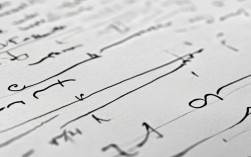Part 1 常见问题及回答范例
在 Part 1,考官会问一些比较简单、直接的问题,你的回答要简洁、自然、有细节。

Question 1: Do you have many old things at home? 你家有很多老物件吗?
-
回答范例 (基础版):
Yes, I do. My grandma still lives with us, and she has a lot of old things, like some old books and a clock.
-
回答范例 (高分版):
Oh, definitely. We're not a family that throws things away easily. So, yes, there are quite a few old items lying around the house. Most of them are kept in the attic or my grandparents' room. They're like little time capsules.
Question 2: Is there anything old that your family has kept for a long time? 家里有什么东西是你们家珍藏了很久的吗?
-
回答范例 (基础版):
Yes, there's an old vase. It was my great-grandmother's. It's blue and has some flowers on it.
-
回答范例 (高分版):
Absolutely. The most prized possession in our family is probably an old wooden chest. It's been passed down for at least three generations. It’s not just a piece of furniture; it's a real heirloom that holds a lot of sentimental value.
Question 3: Do you like to keep old things? Why or why not? 你喜欢保留老物件吗?为什么?
-
回答范例 (喜欢):
I'm quite sentimental about old things. I think they have a story to tell. For example, my old toys remind me of my happy childhood. They connect me to the past, which I find really comforting. It's like having a physical link to your memories.
-
回答范例 (不喜欢/中立):
To be honest, I'm not very attached to old things. I prefer a minimalist and modern look for my living space. Some old items can be bulky or take up too much space. I'd rather keep things that are functional and up-to-date.
Part 2 详细备考指南
这是话题卡的核心,你需要准备一个有结构、有细节、有情感的 1-2 分钟描述。
Describe an old object your family has kept for a long time. You should say:
- What it is
- How long your family has had it
- What it looks like
- Explain why your family has kept it for so long.
Step 1: 头脑风暴 & 选择物件
选择一个你熟悉且有话可说的物件,不要选一个你记不清细节的。
常见选择:
- Jewelry (珠宝): 一枚戒指、一条项链、一块手表。
- Furniture (家具): 一把椅子、一张桌子、一个柜子。
- Books (书籍): 一本古书、一本家庭相册。
- Kitchenware (厨具): 一个碗、一把茶壶、一套餐具。
- Decorative Items (装饰品): 一幅画、一个花瓶、一个雕塑。
- Electronics (电子产品): 一台老式收音机、一台老式相机。
我的选择: 我选择 “一块老式手表”,因为它有故事,有情感,而且容易描述细节。
Step 2: 构建回答框架 (4P原则)
按照话题卡的四个要点,搭建你的回答骨架。
-
P1: What it is & How long (是什么 & 有多久了)
- What: An old, mechanical pocket watch.
- How long: It belonged to my great-grandfather, so it's probably over a hundred years old. It has been passed down through the generations in my family.
-
P2: What it looks like (长什么样)
- Material: Made of brass, so it has a beautiful, warm, slightly tarnished golden color.
- Size & Shape: It's small and round, with a little chain attached.
- Details: The glass face is a bit scratched but still clear. On the back, there's an intricate engraving of my great-grandfather's initials and the date: "J.W. 1922". The hands are made of elegant, thin black metal.
-
P3: Why it's kept (为什么保留)
- Sentimental Value: It's not about telling time anymore. It's a powerful symbol of our family history and a connection to our ancestors.
- A Story: My great-grandfather was a sailor, and this watch was with him on his voyages. It represents his courage and the adventures he had.
- A Reminder: It reminds us of our roots and the values of hard work and perseverance that he passed down. It's a tangible piece of our family's legacy.
Step 3: 填充血肉 & 使用高分词汇/句型
用生动的语言和高级词汇来填充你的框架。
完整回答范例 (Watch):
(What it is & How long) I'd like to talk about an old object that my family has cherished for a very long time. It's an antique pocket watch that belonged to my great-grandfather. We believe it dates back to the early 20th century, so it's well over a hundred years old. It has been passed down from father to son, and now it's in the care of my father.
(What it looks like) In terms of its appearance, it's a classic piece. The casing is made of brass, which has developed a beautiful, warm patina over the decades, giving it a distinguished, slightly tarnished look. It's quite small and round, and it comes with a delicate, intricate chain. The glass crystal on the front is a bit scratched from use, which I think adds to its character. On the back, there's a detailed engraving of my great-grandfather's initials, "J.W.", and the year "1922". The watch face itself is simple but elegant, with two thin, black hands and Roman numerals.
(Why it's kept) The reason our family has kept it for so long isn't really about its function anymore—after all, it doesn't keep perfect time. It's about the immense sentimental value it holds. For us, it's a tangible link to our past and a symbol of our family's history. My great-grandfather was a sailor, and this watch was a constant companion on his voyages across the seas. It represents his adventurous spirit and the hardships he endured. It serves as a powerful reminder of where we come from and the values of resilience and hard work that he instilled in our family. It's more than just a watch; it's a treasured heirloom, a piece of our legacy.
Step 4: 准备 Follow-up Question
考官在 Part 2 结束后,通常会问一个相关问题。
Question: Do you think it's important to preserve old things? 你认为保留老物件重要吗?
- 回答范例:
I think it's incredibly important, but it depends on the context. For family heirlooms like the watch I mentioned, they are irreplaceable because they carry emotional weight and tell our story. They connect us to our ancestors and give us a sense of identity. However, for mass-produced items, I don't think it's necessary to keep everything just because it's old. The key is to preserve things that have historical, cultural, or personal significance. It's about saving the stories, not just the objects.
核心词汇 & 表达
-
老物件:
- Old object / item
- Antique (古董,通常指有价值的)
- Vintage (复古的,有年代感的)
- Heirloom (传家宝,强调代代相传)
- Family possession / treasure
-
描述外观:
- It has a... patina. (它有...的铜绿/光泽。)
- It's made of... (它是由...制成的。)
- It's intricately carved/designed. (它有精致的雕刻/设计。)
- It shows signs of wear and tear. (它有使用过的痕迹。)
- The details are exquisite. (细节很精美。)
-
表达情感和价值:
- Sentimental value (情感价值)
- A link to the past (与过去的联系)
- A family legacy (家族传承)
- A symbol of... (...的象征)
- It holds a special place in my heart. (它在心中占有特殊地位。)
- It reminds me of... (它让我想起...)
- It's a tangible connection. (这是一种有形的联系。)
-
高级连接词:
In terms of...











